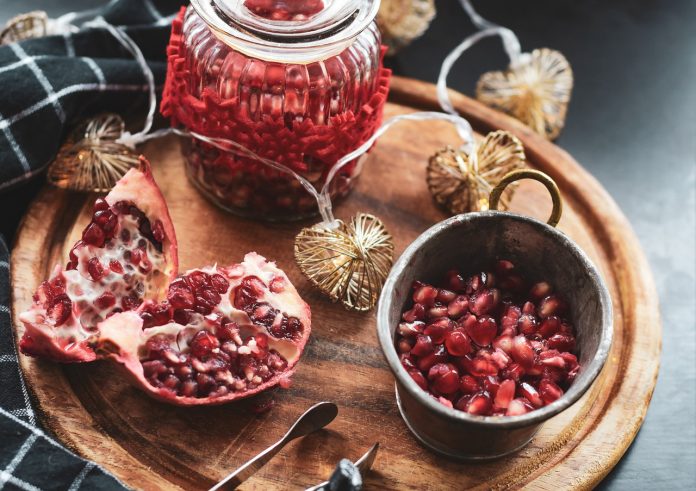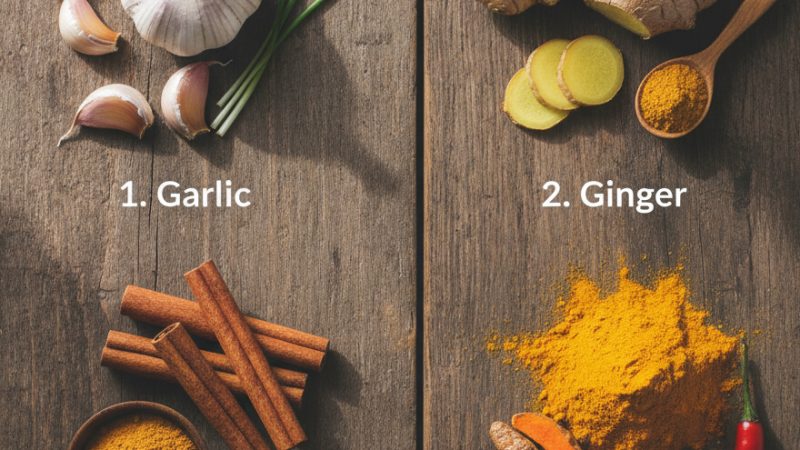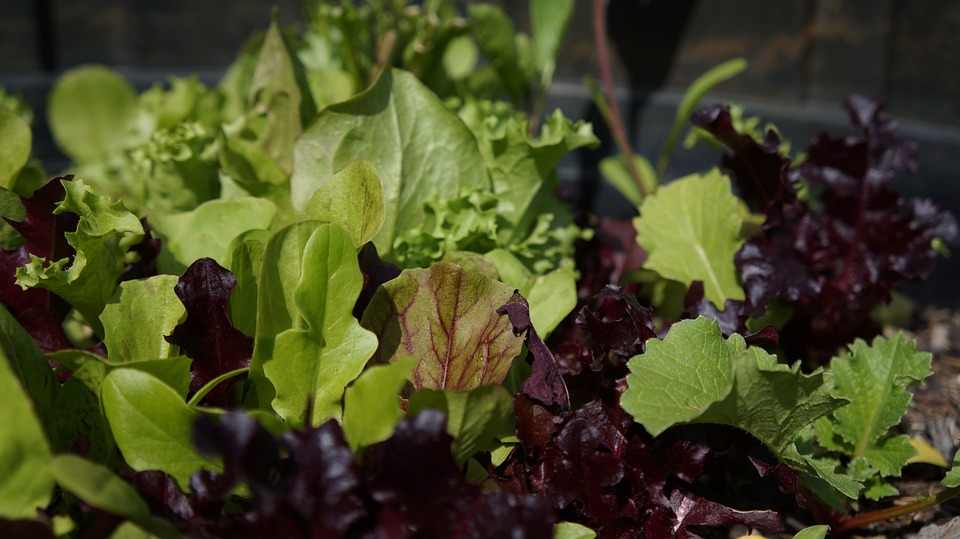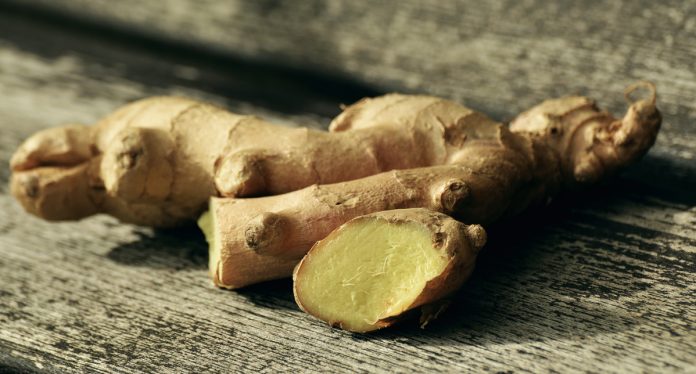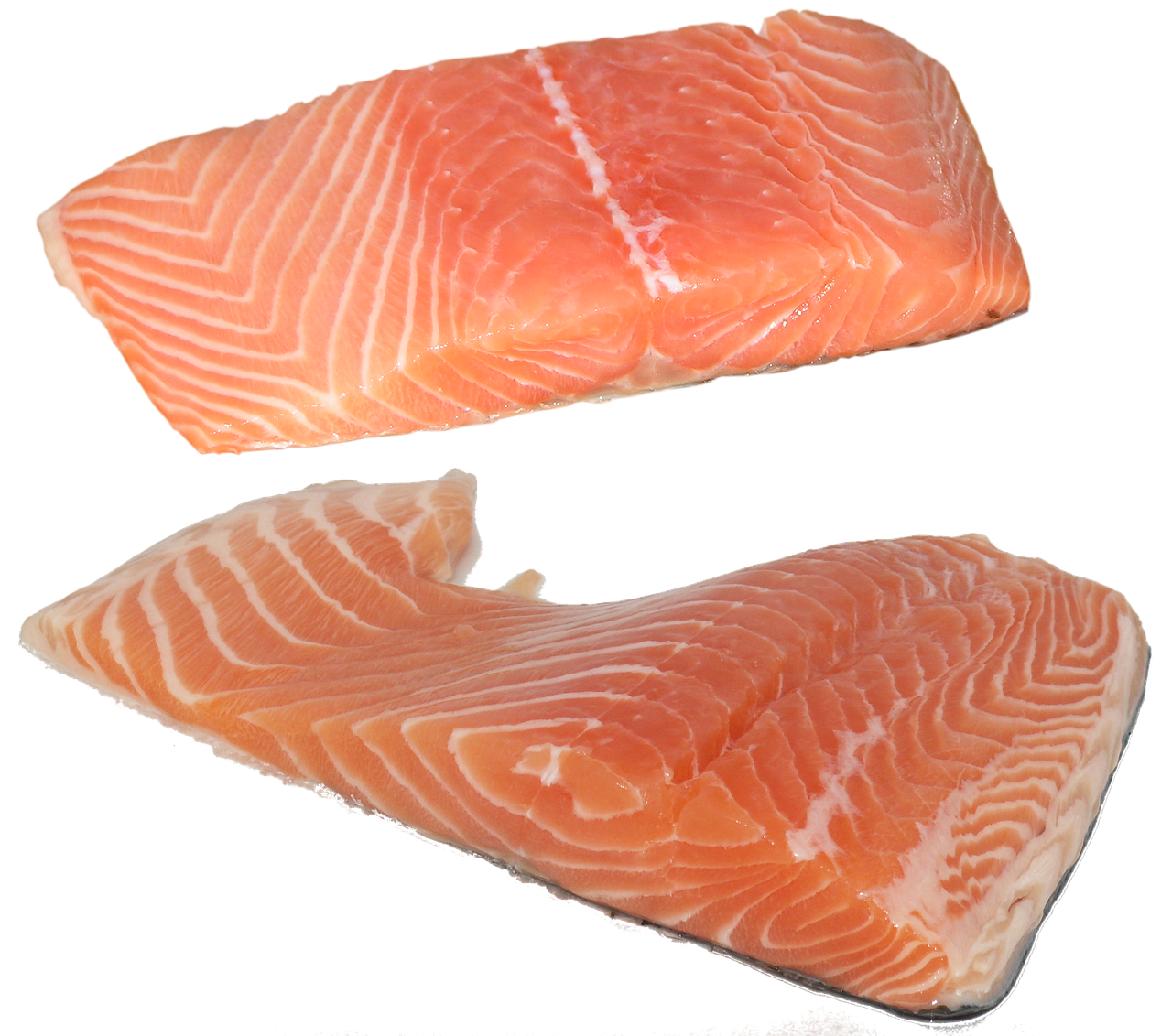5 Fabulous Tips for Fruits and Vegetables
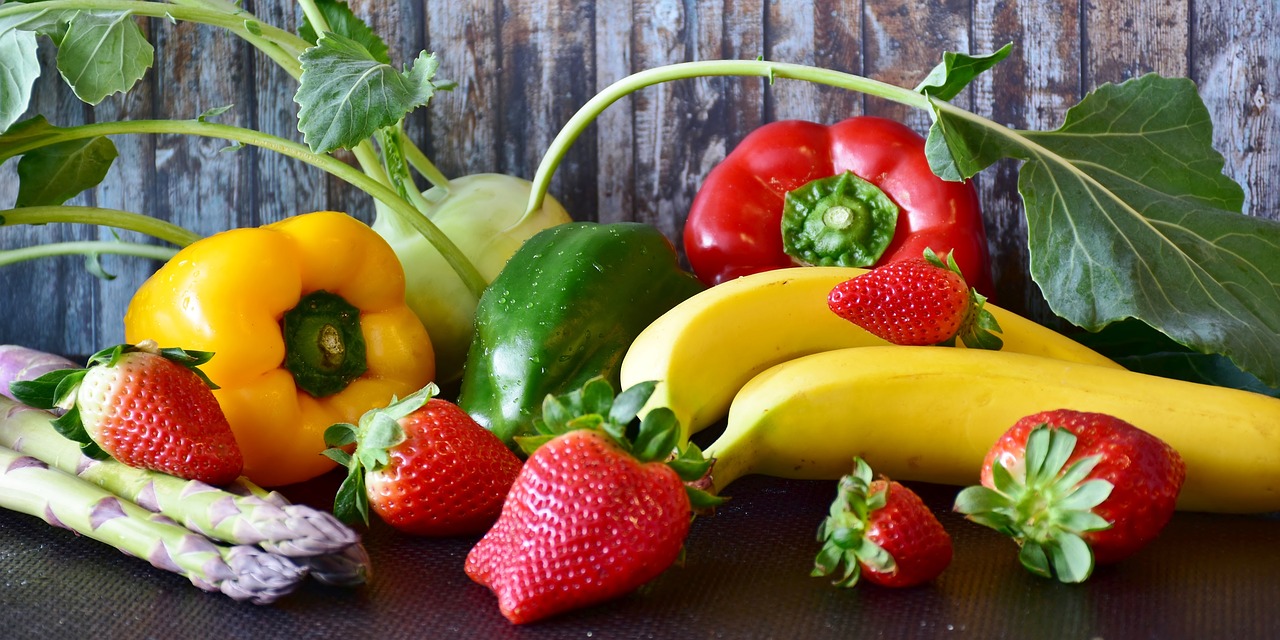
Eating fruits and vegetables is one of the best ways to maintain good health. Fruits and vegetables are an important part of a healthy diet. They contain vitamins, phytochemicals, and minerals that can protect your body from diseases like diabetes, cancers, and heart diseases. Ideally, you should consume five kinds of vegetables and two kinds of fruits each day.
People are shifting to fruit and vegetable snacks instead of fast food and candy bars. It is essential to understand the nutritional value of the foods you are eating to get the most benefits. Many people follow the rule of including at least five servings of fruits and vegetables in their daily diet. Be sure to include a variety of fruits and vegetables instead of sticking to only specified varieties.
Understanding the nutrient value of each fruit and vegetable can help you develop healthy food choices. Some common vegetables and fruits that may be included in your diet are corn, iceberg lettuce, potatoes, apples and bananas.
These are nutritious but you should also eat others for added nutritional benefits. Eating fruits and vegetables rich in vitamin A, beta-carotene, vitamin C and fiber can help your body to guard you against numerous diseases.
It may be confusing when you try to make a good choice of fruits or vegetables for your consumption.
The following 5 Fabulous Tips for may help you make great choices of fruits and vegetables for your daily consumption:
(I) Include at least one orange and one dark green vegetable to your daily diet to get some vitamin A and folate.
Orange vegetables include squash, carrots, pumpkin, sweet potatoes, or yams. You can substitute orange-colored fruit for an orange vegetable though the amount of vitamin A will, of course, vary.
Orange colored fruits include cantaloupes, nectarines, mangoes, papaya, apricots, and peaches. Dark green vegetables include dandelion greens, broccoli, arugula, chard, mustard greens, collards, spinach, kale or romaine lettuce.
(II) Do not compromise on your nutrition even when you are short on time.
Pre-bagged vegetables, like leafy greens, baby carrots or green beans can be easily prepared for a salad or tossed for a quick stir-fry.
(III) Frozen or canned vegetables have some nutritional value but fresh is usually considered the best choice.
Frozen foods retain most of their nutrients.
Select only canned vegetables with low sodium content. Or, you can drain these vegetables to lower their salt and sodium content.
When choosing frozen fruit packed in juice, select unsweetened frozen fruit. Fruits in sugar syrup contain more calories.
Other fruits are sometimes packed in pear juice because it is sweeter than many other fruit juices.
(IV) Choose vegetables and fruits over just buying juices.
Fruits and vegetables eaten whole contain more fiber and help with easier digestion.
An occasional vegetable juice drink may be beneficial. However, avoid vegetables juices with high salt content.
Choose 100% fruit juices over fruit-flavored drinks. “Fruit juice drinks”, (they may contain very low amounts of the actual juice), cocktails or punches.
(V) Choose vegetables and fruits prepared with little or no added fat, sugar or salt. Some products, like vegetable chips, ketchup, fruit candies, fruit jams or spreads and vegetable or fruit drinks or punches may have a high level of sugar or salt. It is best to avoid these foods. Also, avoid poutine, French fries, zucchini sticks, tempura, and onion rings if you can get, for instance, a baked sweet potato or potato or have a plate of salad instead.
The Author:
Georgina Cundall started to learn about the benefits of adding more fruit and vegetables to her diet when she had some minor health problems.
Photo. Rita E.
Source: AB



